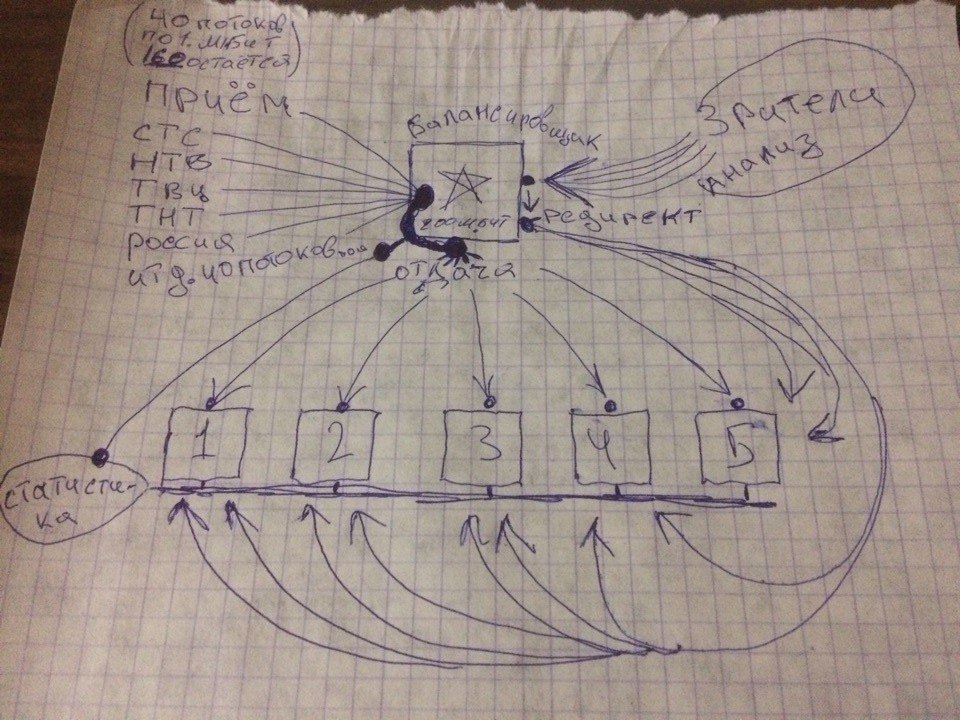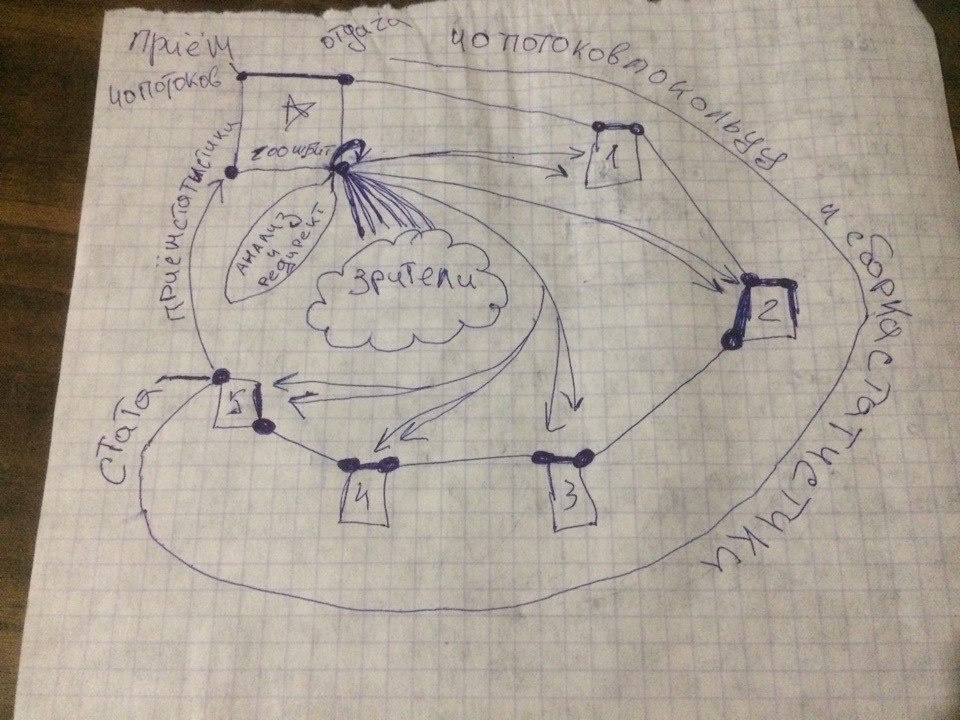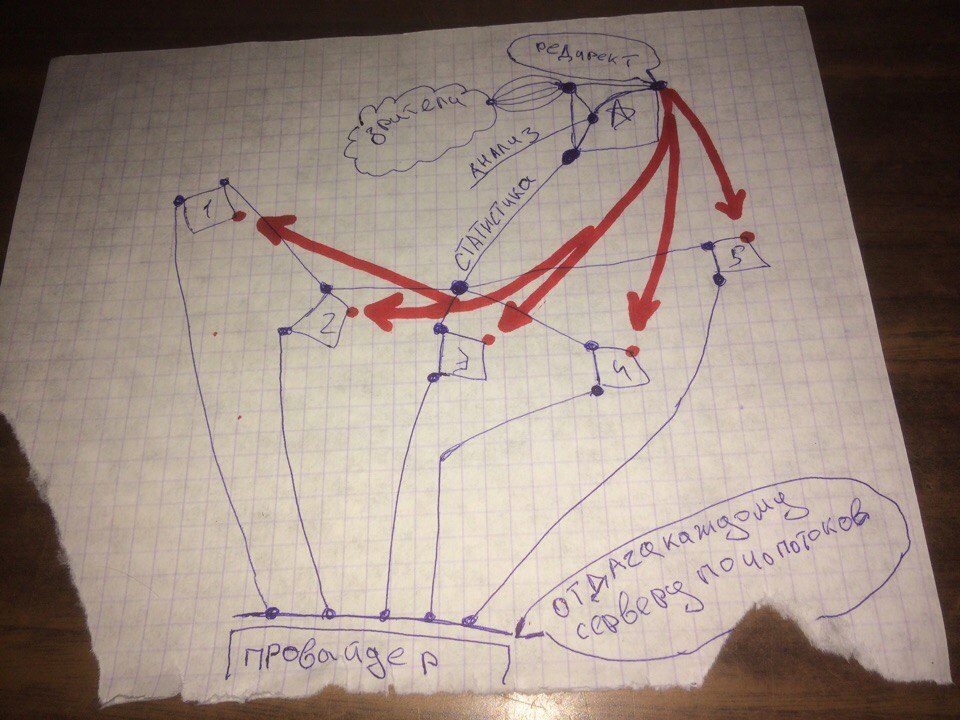Answer the question
In order to leave comments, you need to log in
What is the best way to organize your CDN network for the return of HLS streams?
It is necessary to organize the distribution of HLS streams, there is no special budget for powerful servers with a 10 Gbit port) and dedicated ports usually cost a lot at such a speed. I think to take 5 servers with fewer resources and 200 Mbps ports and 1 server that will process requests and redirect to less loaded servers. Since if the server is powerful, but everything rests on the port, and it usually costs a lot if you take one dedicated for yourself. it is more profitable to take it with fewer resources, but on every 200 Mbit it is guaranteed.
Or is it better not to reinvent the wheel and take 1 powerful server with a good port? And in general, can anyone tell me about the resources, what resources are needed to receive / return 40 streams at the same time?
I drew a couple of diagrams for clarity))) I'm just not a pro, just to compose T3 more competently))
1. The first, in my opinion, the most correct from the point of view of architecture 
, the main server receives 40 and gives the same 40 to the backup ones, this is already a kapets, the channel is clogged .....
40 Mbps receive and 40 Mbps return, for all 5 servers it's 200 Mbps
as a result, this is
240 Mbps + you still need to quickly process requests from viewers to analyze and redirect to less loaded servers
... 
gives 40 streams, 120 Mbps remains, which is even more than enough to process viewers and receive stats. but if it’s not right in the ring with some kind of server, then the whole network can be covered
and on all the others, 120 Mbps is also free, on the last server in the ring, 160 will be free, also burning the line to empty (
3. Direct work. 
With such a scheme, the voltage on the provider is not frail at 200 Mbps, and this is a minimum, if the streams are 1 Mbps each .. there may be problems with stability, somewhere something can work, but somewhere it doesn’t .... but on all other servers 160 Mbps is free, and the main server is generally unloaded only receives statistics and processes viewer requests and redirects to the estate loaded servers
Answer the question
In order to leave comments, you need to log in
I won’t say for the distribution of IPTV, just about the general principles of highload services (I have experience). It is not necessary, if possible, to get hung up on one server at any point. In this scenario, it is enough to fall to one channel - and that's it. The balancer, in principle, can give the user only links to other servers, without incurring almost no load on the channel. It is desirable to install the second balancer as a backup or as an additional one (preferably in a data center separate from the first one), doing round robin via DNS. Well, also order return servers in several data centers so that they cling to different providers on the Internet - again for reasons of fault tolerance. Well, for receiving signals and distributing streams, several machines also do not hurt. Distribution between servers with a large number of them can be built in several levels.
Didn't find what you were looking for?
Ask your questionAsk a Question
731 491 924 answers to any question